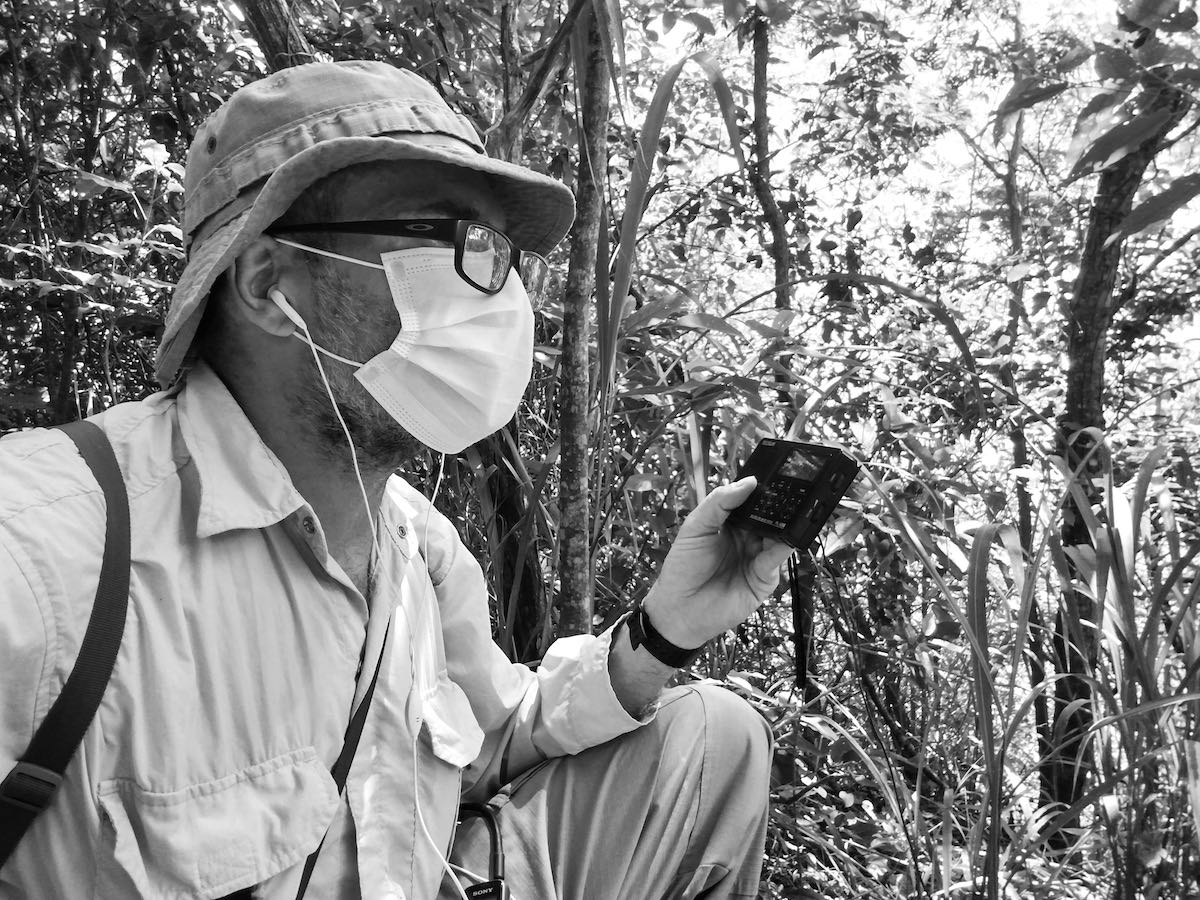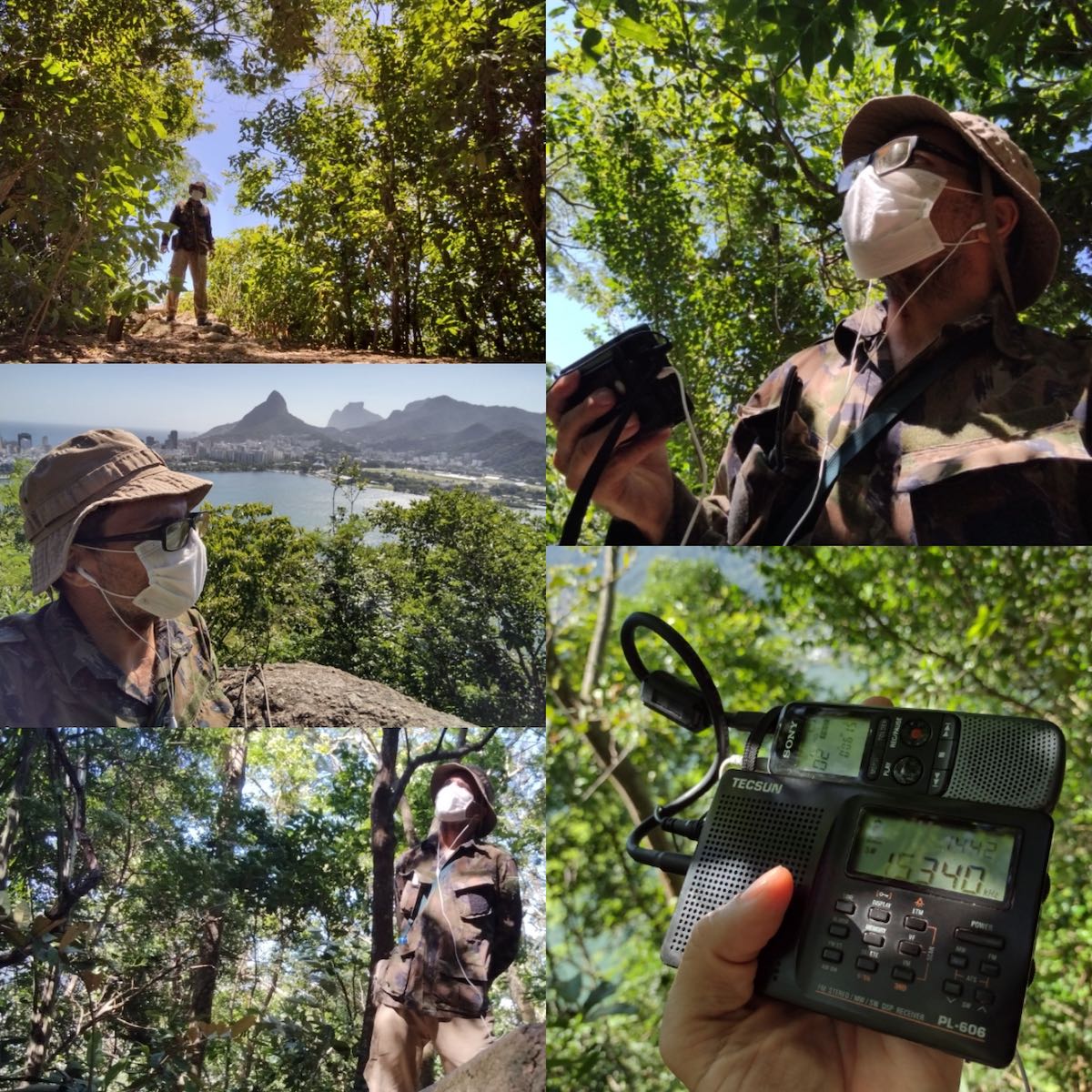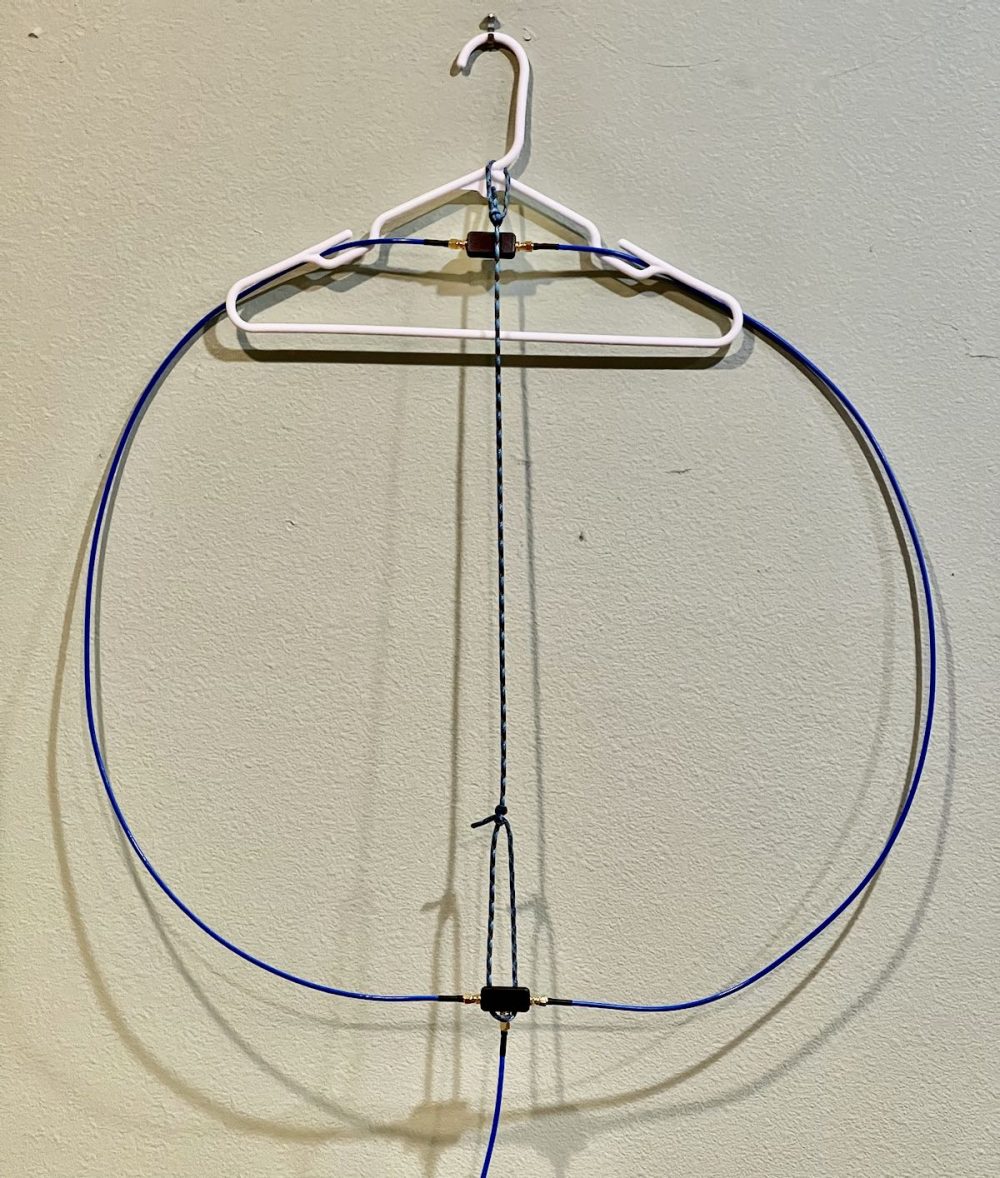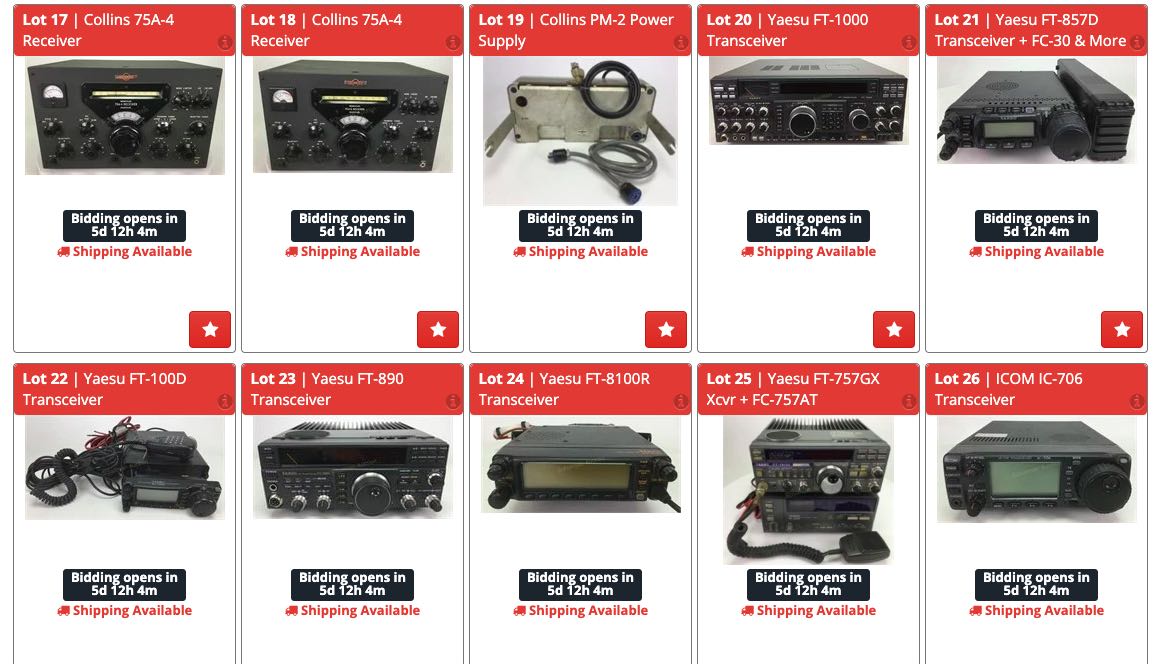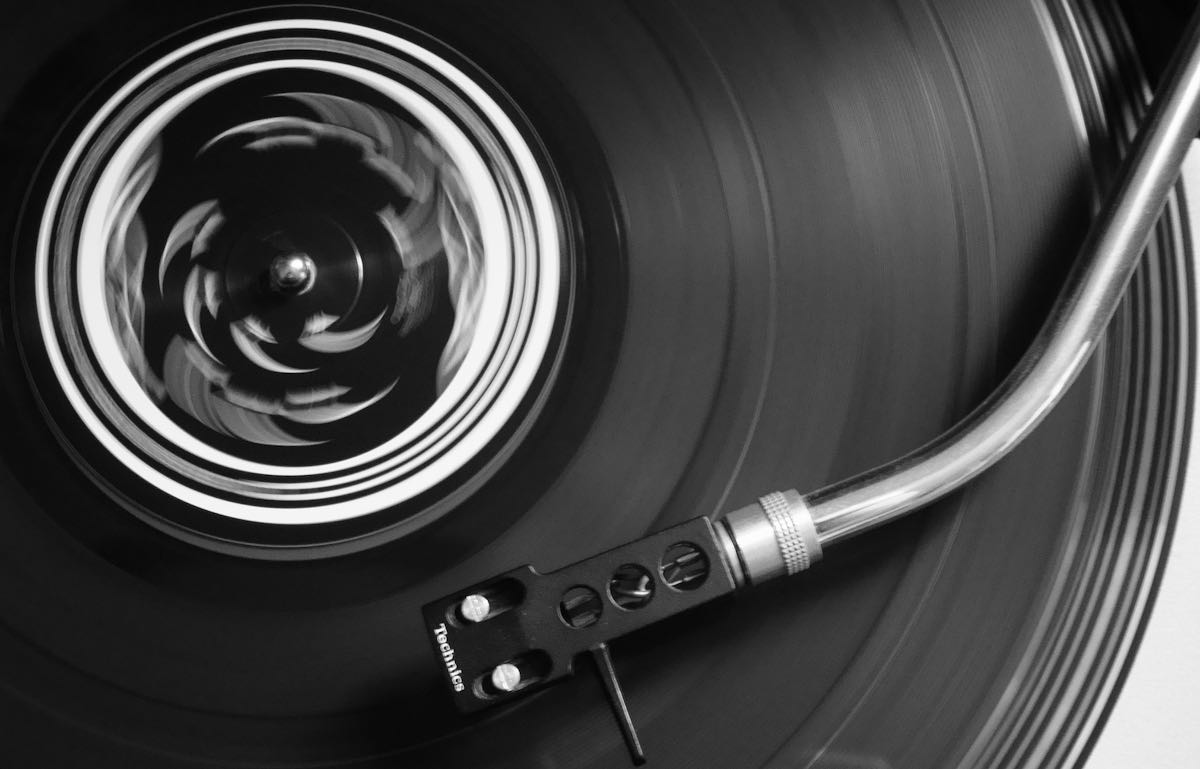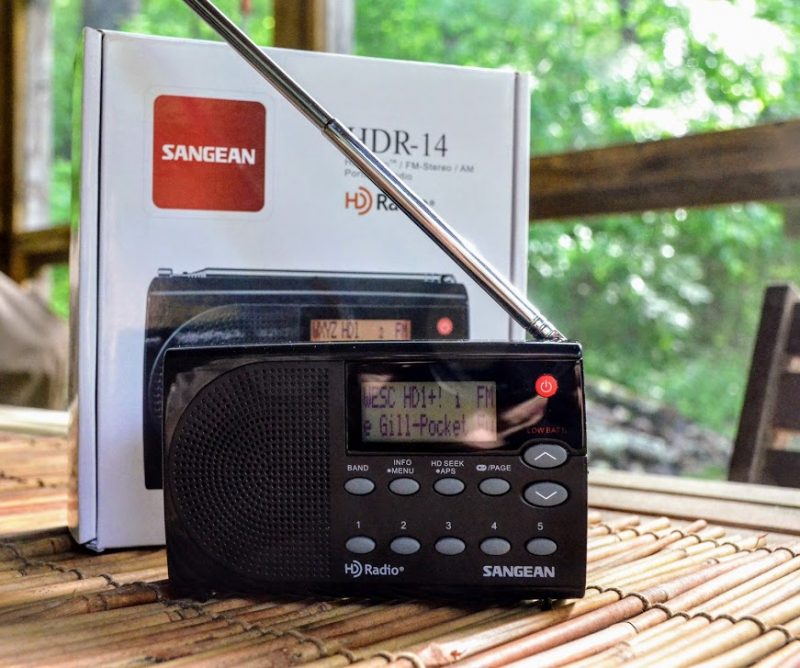 Many thanks to SWLing Post contributor, Tracy Wood, who shares the following article from Al Jazeera English:
Many thanks to SWLing Post contributor, Tracy Wood, who shares the following article from Al Jazeera English:
The radio station at the heart of an India-GDR friendship
The untold story of a shared history is now coming to light.
Berlin, Germany – The 1980s represented a turbulent and transitional period in global affairs. The end of the Cold War was drawing closer, a new era of Thatcher-Reagan neoliberal economic politics was being ushered in, and India was reeling following the assassination in 1984 of its prime minister Indira Gandhi.
Keen to keep up with global current news and affairs, Arvind Srivastava, then a young student studying for a master’s degree in history in Madhepura, a town in the eastern Indian state of Bihar, would gather daily with a group of fellow students. Together, they would tune in to Radio Berlin International (RBI) and its Hindi-language socialist-tilting radio programmes.
From 1959 until German reunification in 1990, RBI served as the German Democratic Republic’s (GDR, or East Germany) international mouthpiece, transmitting news, views and values across the world through its multilingual broadcast platform.
For Srivastava, now 57, and a writer and poet, RBI played a pivotal role in illuminating his global vision during the Cold War.
“In the eighties, most of my friends and I were undergraduate or postgraduate students studying history and political science. In that era of information technology, radio was the only powerful medium,” he tells Al Jazeera.
“When the world was divided into two camps, by nature our country was very close to Soviet ideology. We were curious, and it was a matter of urgent pride for us to be part of the global mobilisation against imperialism, colonialism and racism.”
Srivastava founded the local listeners’ club, also known as a Lenin club, in Madhepura. The club was one of many across India’s Hindi-speaking regions including Punjab and Haryana in the north, Bihar in the east, and the central Indian state of Madhya Pradesh, where students and workers who shared the GDR’s political values listened to RBI together. [Continue reading and listen to this story on Al Jazeera…]
Trailer
Note: if you turn on subtitles, YouTube will translate the dialog in this video.

